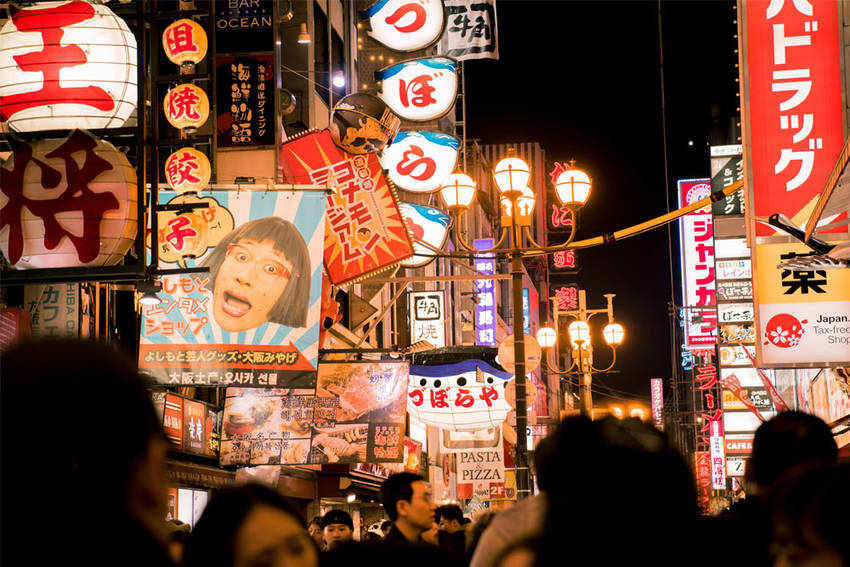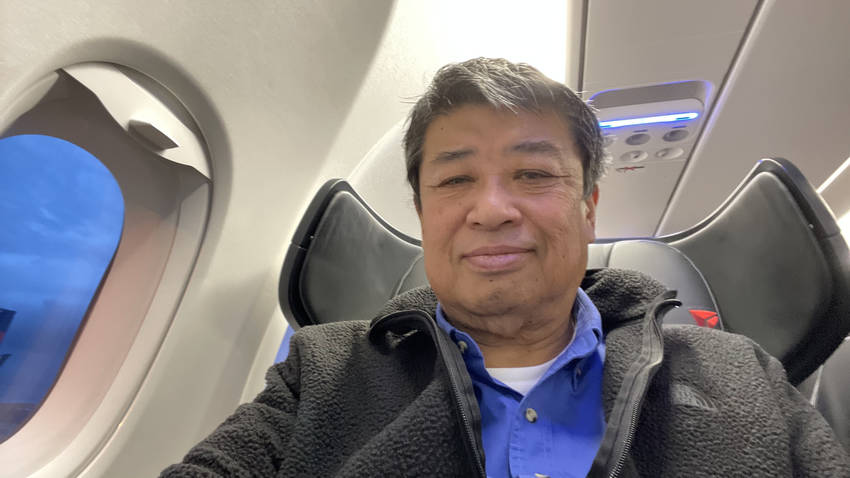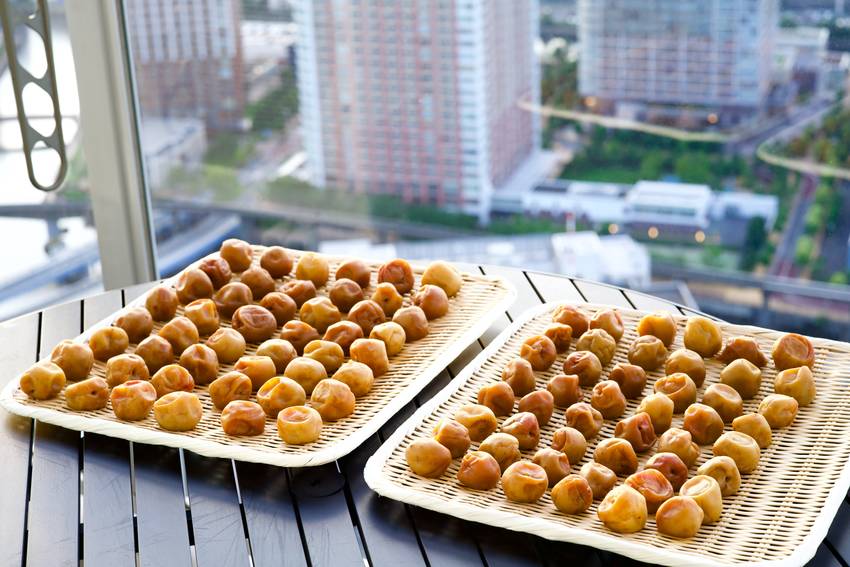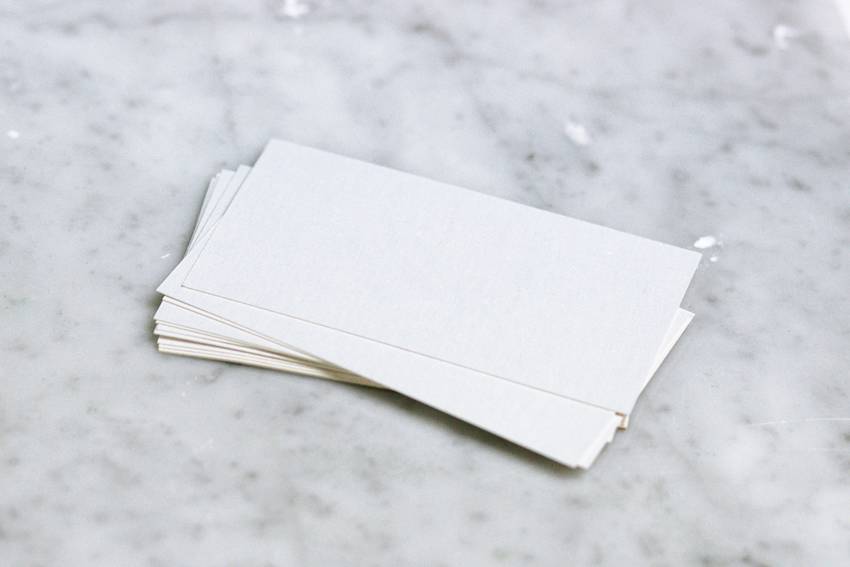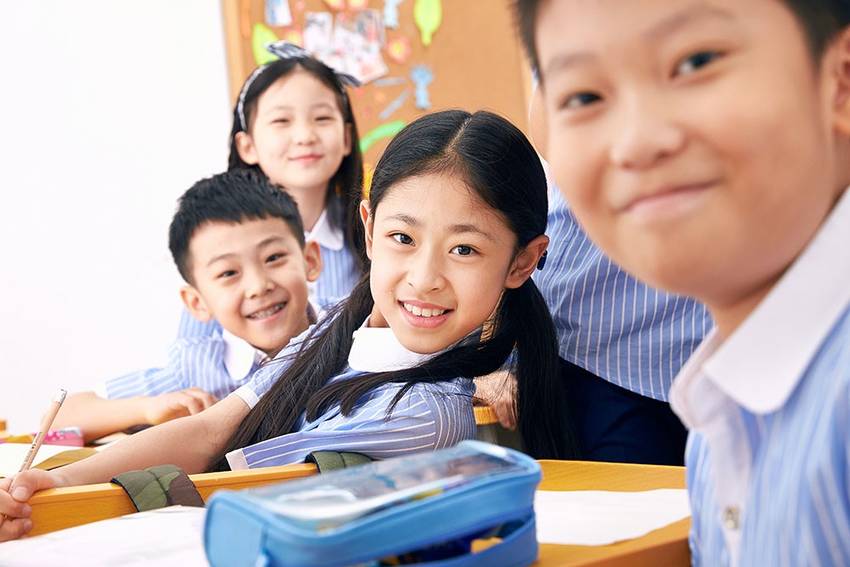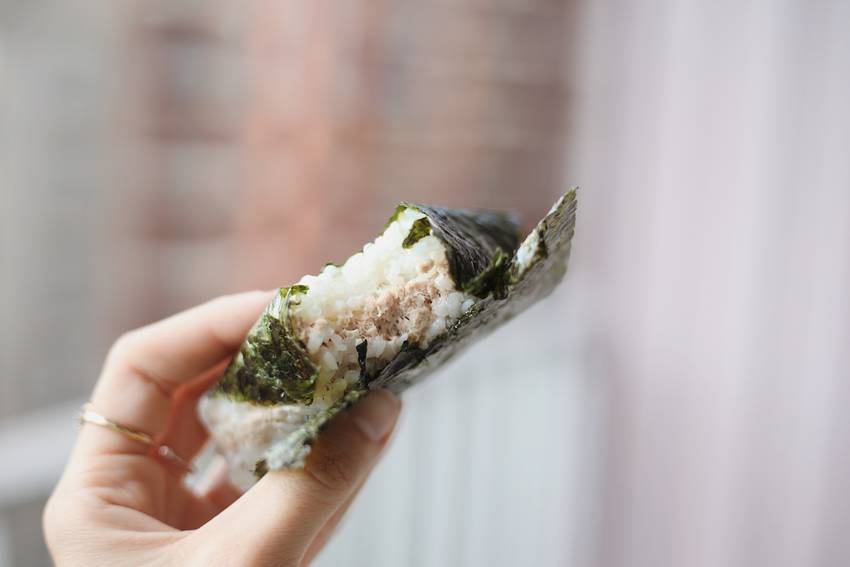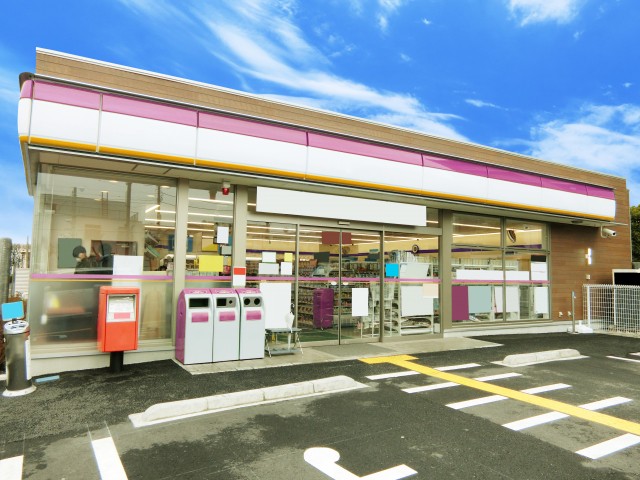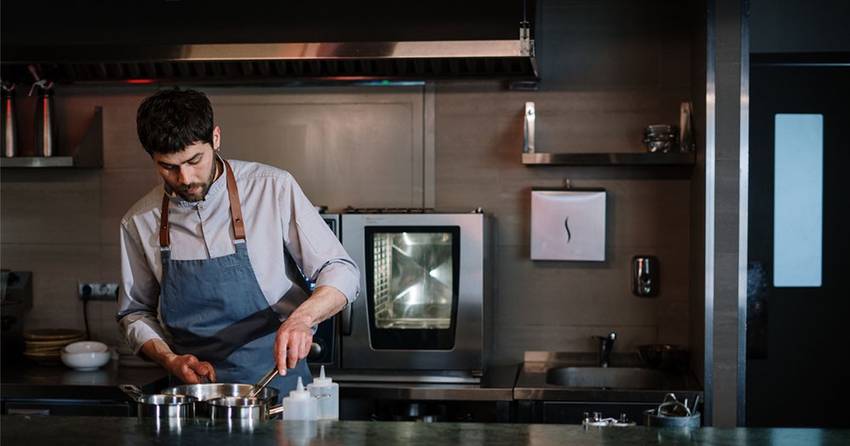2023
・4
・5
・5
・5
この
ゴールデンウィークが
また、この
Golden Week (GW)
Golden Week, a week of consecutive Japanese holidays between April and May will be nine days, from Saturday, April 29 to Friday, May 5 this year. However, Monday, May 1, and Tuesday, May 2, aren’t holidays, so the actual vacation will be seven days, including Saturday and Sunday.
The holidays for Golden Week in 2023 are as follows:
Saturday, April 29 - Showa Day
Wednesday, May 3 - Constitution Memorial Day
Thursday, May 4 - Greenery Day
Friday, May 5 - Children’s Day
During this time, many people crowd tourist destinations, and hotel and flight ticket prices rise, so it’s best to avoid this period if you’re planning to visit Japan from abroad.
Golden Week began when Japan named Emperor Showa’s enthronement as a national holiday on April 29th. Later, they named May 3 as Constitution Memorial Day and May 5 as Children’s Day, both of which are national holidays. Since these holidays occur near each other, they formed a series of major holidays.
This period is also an important time for the tourism and service industries, as the weather is relatively stable, and the season is ideal for enjoying nature and scenery.
sign up for the Japanese-Online Newsletter
__..-・**・-..__..-・**・-.._ あいうえお かきくけこ さしすせそ たちつてと なにぬねの はひふへほ まみむめも やいゆえよ らりるれろ わゐうゑを ん __..-・**・-..__..-・**・-.._
#JapaneseOnline #LearningJapanese #FreeJapaneseLessons #JapaneseVideoLearning #JapaneseAnime #Anime #JapaneseFood #Bloguru

